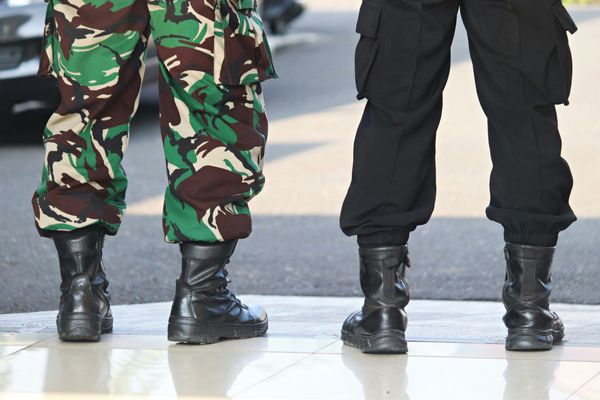
Hunter business operators have been encouraged to register their interest in working on the multibillion-dollar Hunter Transmission Project.
EnergyCo expects a workforce of about 700 will eventually be needed to build the project, which is connecting Eraring and Bayswater power stations.
A wide range of trades, services and professional skills will be needed to complete the project.
A commitment to local job creation and businesses has been incorporated into construction contracts for the project.
A list of the jobs and services needed are listed on EnergyCo's website along with details of how businesses can register.
"The Hunter-first commitment will prioritise local jobs and economic benefit for the people of the Hunter who are the hosts of this critical state significant infrastructure," EnergyCo executive director planning Ash Albury said.
As part of the tender process to build and operate the HTP, applicants will be expected to address how they will prioritise local employment and engage local services.
"I encourage local businesses and service provider in the Hunter region to attend an industry briefing and register their interest to work on this once-in-a-generation infrastructure project."

A regional reference group has been formed to help inform the planning and design of the Hunter Transmission Project.
The group provides a platform for discussions on crucial aspects of the project, including project design, community views, minimising impacts on landholders and the environment and maximising benefits to the wider community.
The group consists of chairman and former Cessnock mayor and Hunter Joint Organisation chair Bob Pynsent, Singleton mayor Sue Moore, Cessnock mayor Jay Suvaal, and Lake Macquarie mayor Kay Fraser.
Regional representatives include Samantha Martin-Williams (business), Nathan Towney (Aboriginal) and Craig Anderson (environment).
A revised route map for the project published in May shows the majority of the project will be built on power station, government and mining land.
The revisions to the project's corridor resulted the number of affected landholders going from 78 to fewer than 25.
An Environmental Impact Statement is due to be put on public exhibition later this year. Construction is set to start in 2026 in order to meet the government's 2028 completion deadline.







